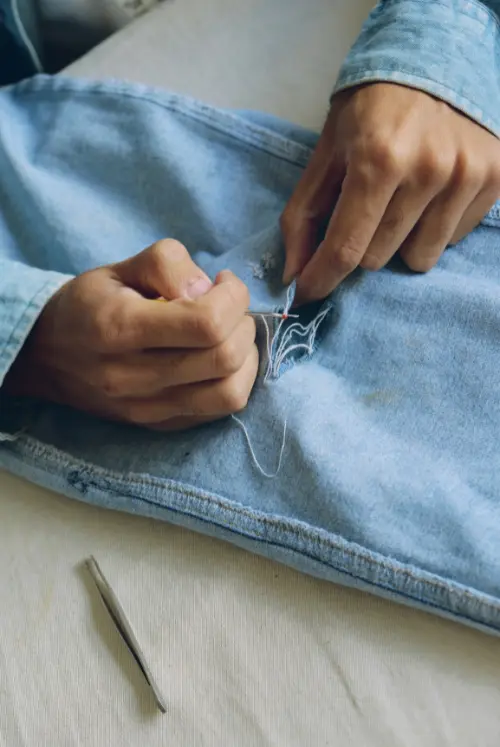Reducing Clothing Waste
Fast fashion and the constant churn of micro-trends have led to skyrocketing amounts of clothing and textile waste. Every year 80 billion items of clothing are purchased globally; after purchase, the average clothing item is worn only 7 times (Wall Street Journal, “The High Price of Fast Fashion”).
Nearly a third of online orders end up being returned, and these returns are not usually placed back on the shelves – they are often landfilled or exported to other countries, because textiles are very difficult to recycle. First and foremost, we must focus on reducing our consumption of clothing in order to address clothing and textile waste.
60,000 tons of unsold clothing gets sent to Chile each year, with 39,000 tons ending up illegally dumped in Chile’s Atacama desert. You can learn more about the world’s largest clothing dump, and learn what Recommerce Atacama is doing to get clothes out of the desert.

